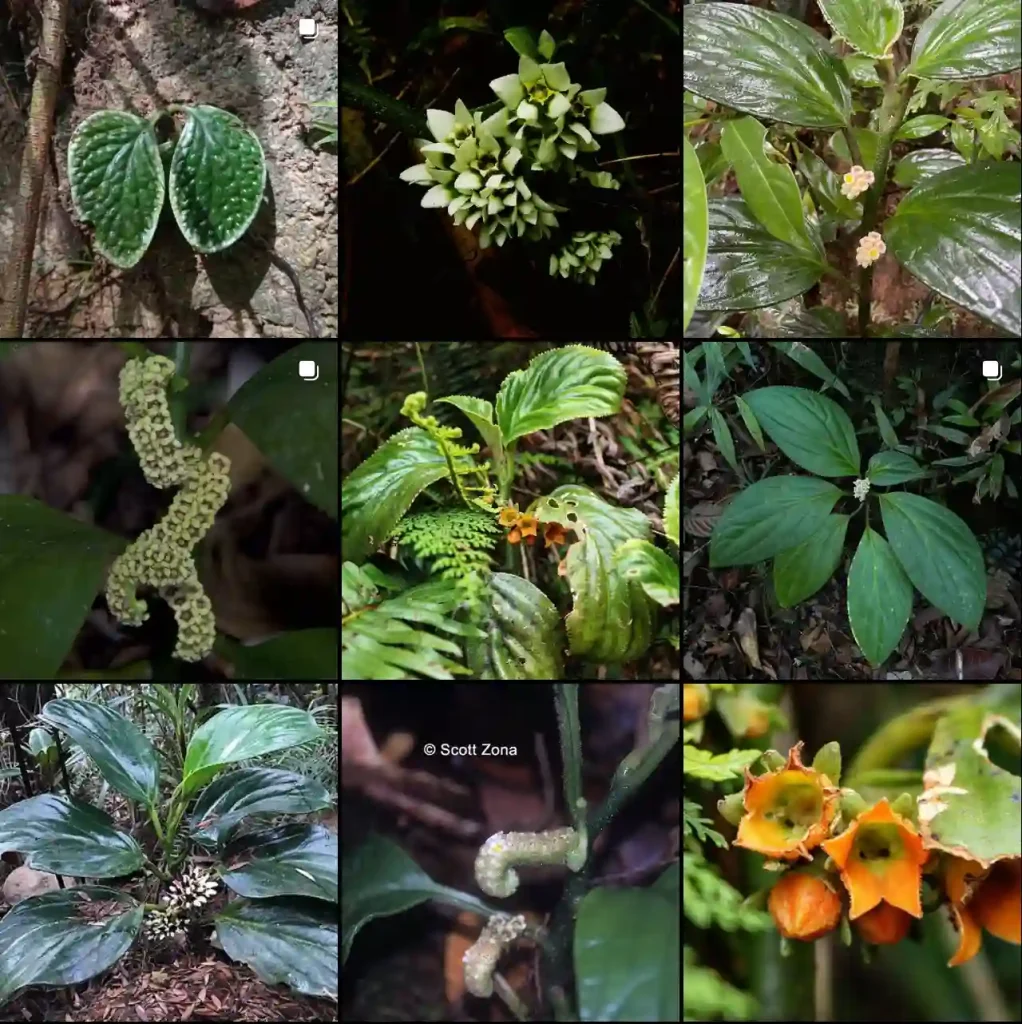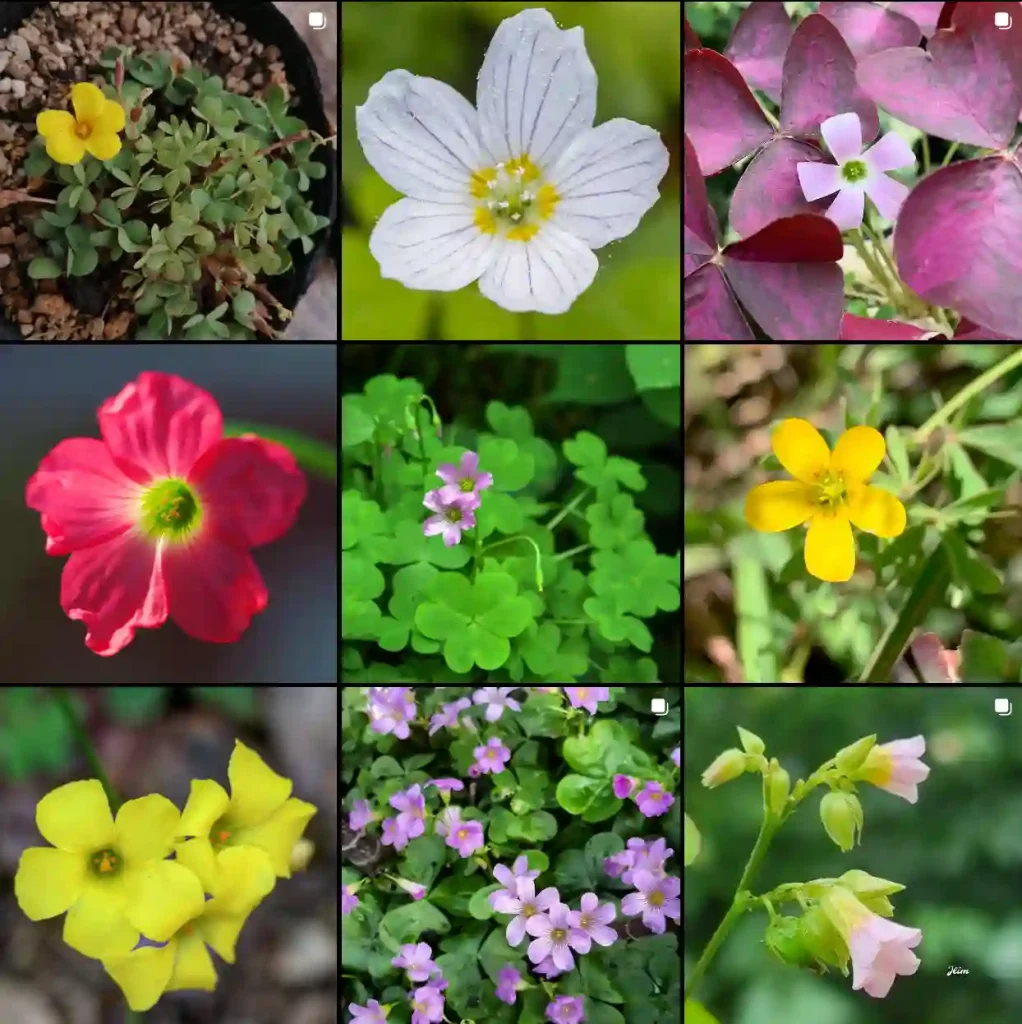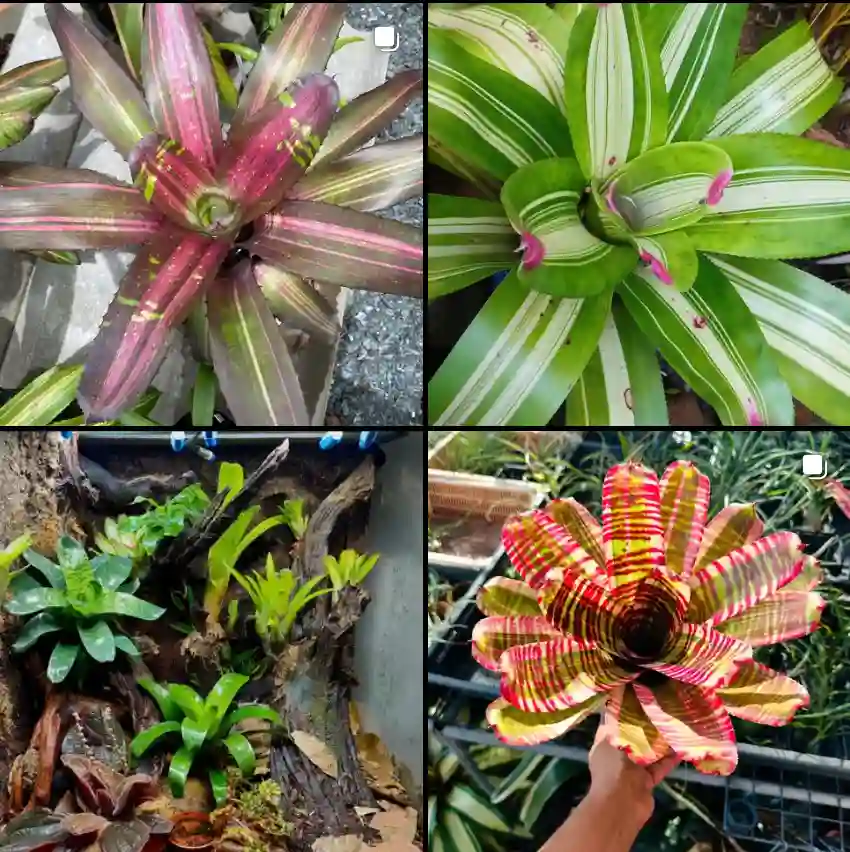Dioncophyllaceae: Exploring a Unique Family of Plants
The Dioncophyllaceae family is one of the most fascinating yet lesser-known plant families I’ve encountered. It consists of three genera: Dioncophyllum, Habropetalum, and Triphyophyllum. Each of these genera has distinct characteristics and traits that set them apart from other plant families, making them a unique group worthy of exploration. Let’s dive into each of these genera and understand what makes them special.
Dioncophyllum: The Climbing Marvel
The first genus, Dioncophyllum, comprises only one species: Dioncophyllum thollonii. This species is native to the dense, humid rainforests of West Africa. What stands out about Dioncophyllum thollonii is its fascinating climbing habit. It uses its hook-shaped leaves to latch onto nearby vegetation, which helps it ascend towards sunlight. This adaptation is crucial in the thick rainforest where competition for light is fierce.
Despite its climbing prowess, Dioncophyllum is not just about reaching for the sky. It’s a semi-carnivorous plant, trapping insects with its sticky leaf surface. Though not a fully developed carnivorous mechanism like the Venus flytrap, it captures small insects that get entangled in the glandular hairs on its leaves. The plant benefits from the nutrients released when these insects decompose, supplementing the poor, nutrient-deficient soils it typically grows in. This dual nature of being both a climber and semi-carnivorous adds to its mystique.
Habropetalum: The Enigmatic Genus
Habropetalum is the second genus in the Dioncophyllaceae family, and it remains somewhat of an enigma. Little is known about this genus due to its extremely limited distribution and rarity. The genus is represented by only one species, Habropetalum dawei, which is native to the rainforests of Uganda and the Democratic Republic of Congo.
This genus is characterized by its small, inconspicuous flowers and a growth habit that’s not particularly striking compared to its relatives. However, what makes Habropetalum fascinating is its adaptation to the shady, moist forest understory, where it thrives without much sunlight. This is a stark contrast to Dioncophyllum, which actively climbs to access light.
Although research on Habropetalum is sparse, its survival in such a specialized niche makes it a subject of interest for botanists and plant enthusiasts like me. The rarity and mystery surrounding this genus only add to its allure.
Triphyophyllum: A Plant with a Secret Weapon
Of all the genera in the Dioncophyllaceae family, Triphyophyllum is perhaps the most intriguing. The genus is represented by a single species, Triphyophyllum peltatum, which is native to the tropical rainforests of Sierra Leone and Liberia. This plant is unique because it undergoes distinct morphological changes during its lifecycle.
In its juvenile phase, Triphyophyllum peltatum grows as a rosette with long, strap-shaped leaves. As it matures, it develops a climbing vine-like habit similar to Dioncophyllum. But what really sets Triphyophyllum apart is its carnivorous stage. When the plant reaches a certain size and environmental conditions are right, it produces specialized leaves with sticky glandular hairs, resembling those of sundews (Drosera spp.).
These leaves trap and digest small insects, providing the plant with essential nutrients. After this carnivorous phase, the plant reverts to a non-carnivorous state, continuing its growth as a climber. This cyclical transition between carnivorous and non-carnivorous phases is unique in the plant kingdom, and it’s one reason why Triphyophyllum captivates me.
Ecological Significance and Conservation
The Dioncophyllaceae family is not only fascinating because of its unique adaptations but also due to its ecological significance. These plants are specialized to thrive in the challenging environments of West and Central African rainforests. Their ability to capture nutrients in nutrient-poor soils, either through carnivory or semi-carnivory, plays a crucial role in their ecosystems.
However, these plants face significant threats from habitat destruction due to logging and agricultural expansion. The rainforests they inhabit are shrinking, and with them, the populations of Dioncophyllum, Habropetalum, and Triphyophyllum are dwindling. Conservation efforts are crucial to preserve these unique species and their habitats.
Why Dioncophyllaceae Matters to Me
As a plant enthusiast, I find the Dioncophyllaceae family particularly captivating because it represents the incredible diversity and adaptability of life. Each genus within this family has evolved unique strategies to survive in harsh environments, whether it’s climbing to reach sunlight or developing carnivorous traits to supplement nutrient intake.
The rarity and mystery surrounding these plants also fuel my curiosity. There’s still so much to learn about them, especially Habropetalum, which remains poorly understood. Studying and conserving these plants not only helps protect biodiversity but also expands our understanding of plant evolution and adaptation.
In conclusion, the Dioncophyllaceae family, with its three distinct genera—Dioncophyllum, Habropetalum, and Triphyophyllum—offers a glimpse into the incredible ingenuity of nature. For me, delving into the complexities of these plants is not just about botanical interest; it’s a journey into the heart of plant diversity and survival.
If i die, water my plants!



